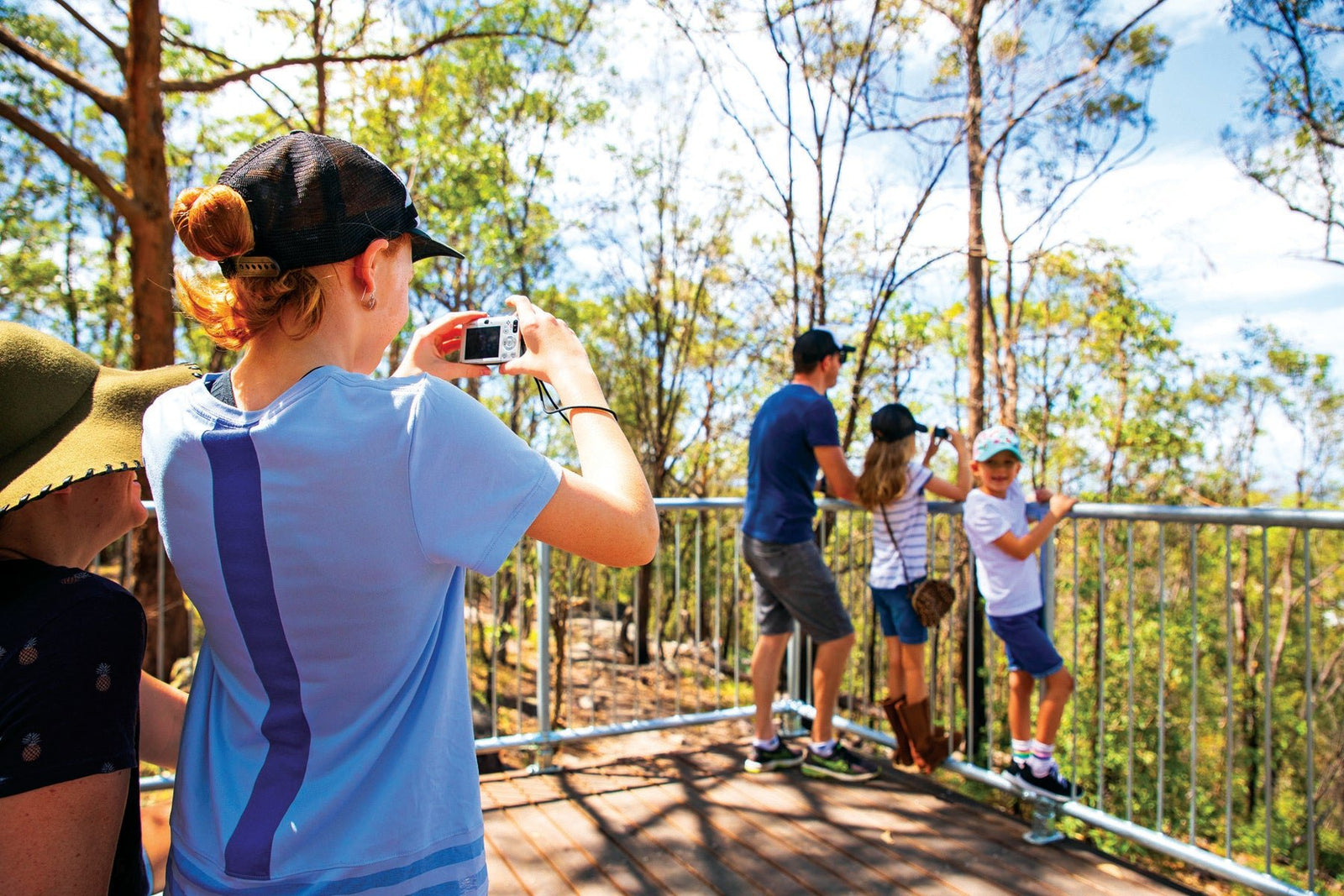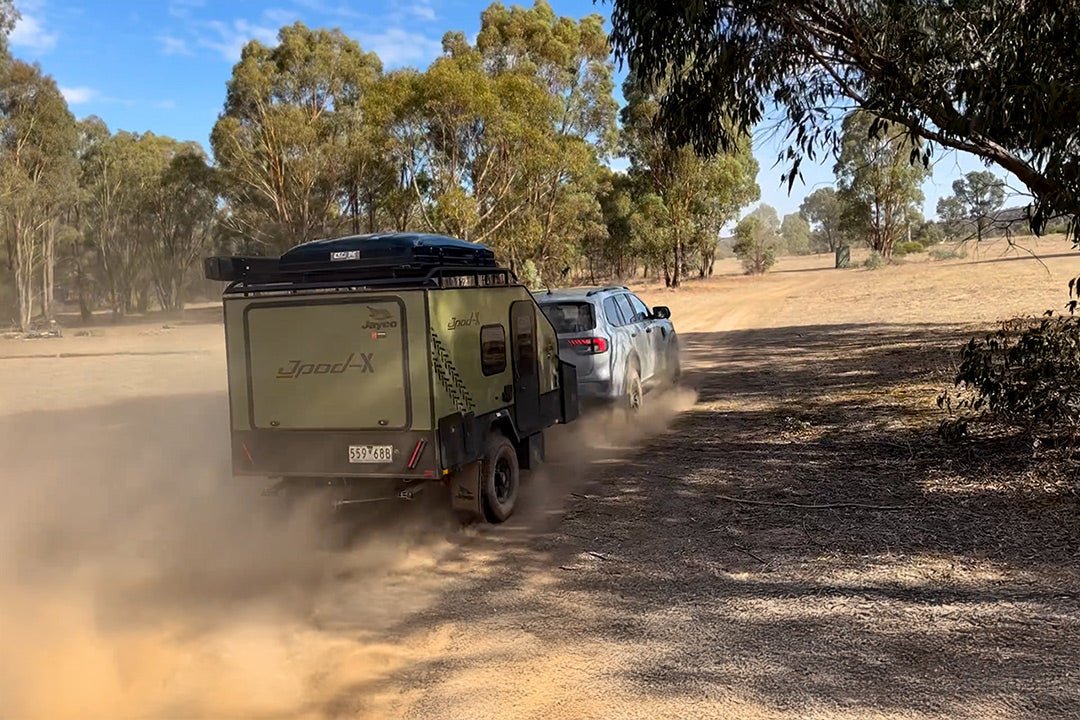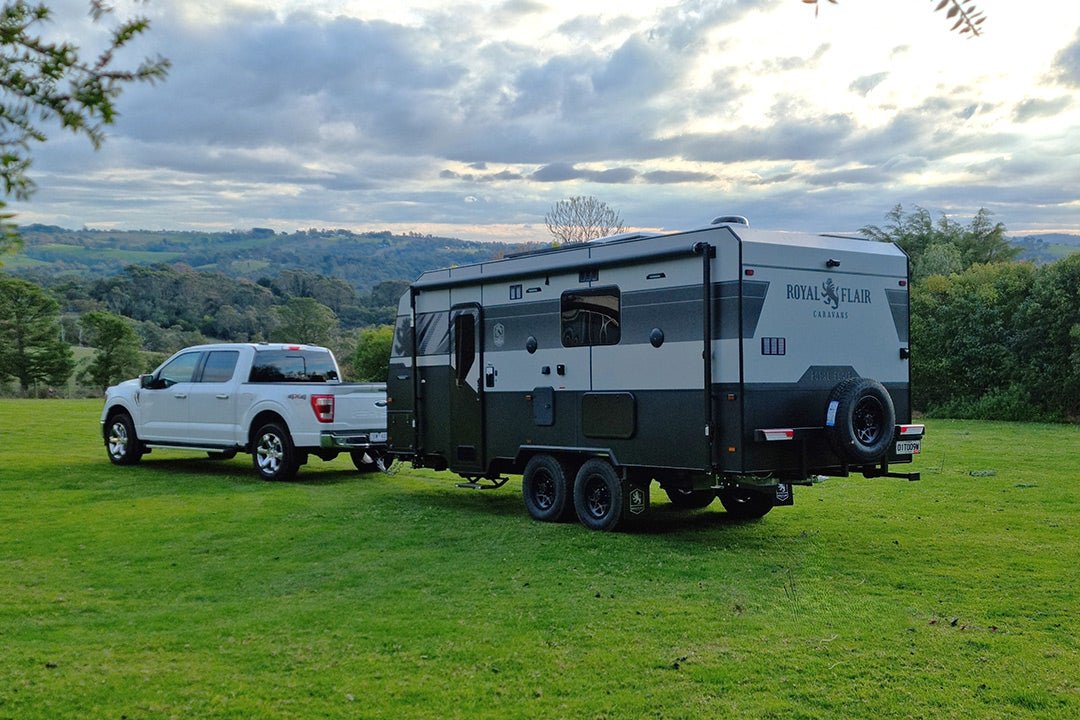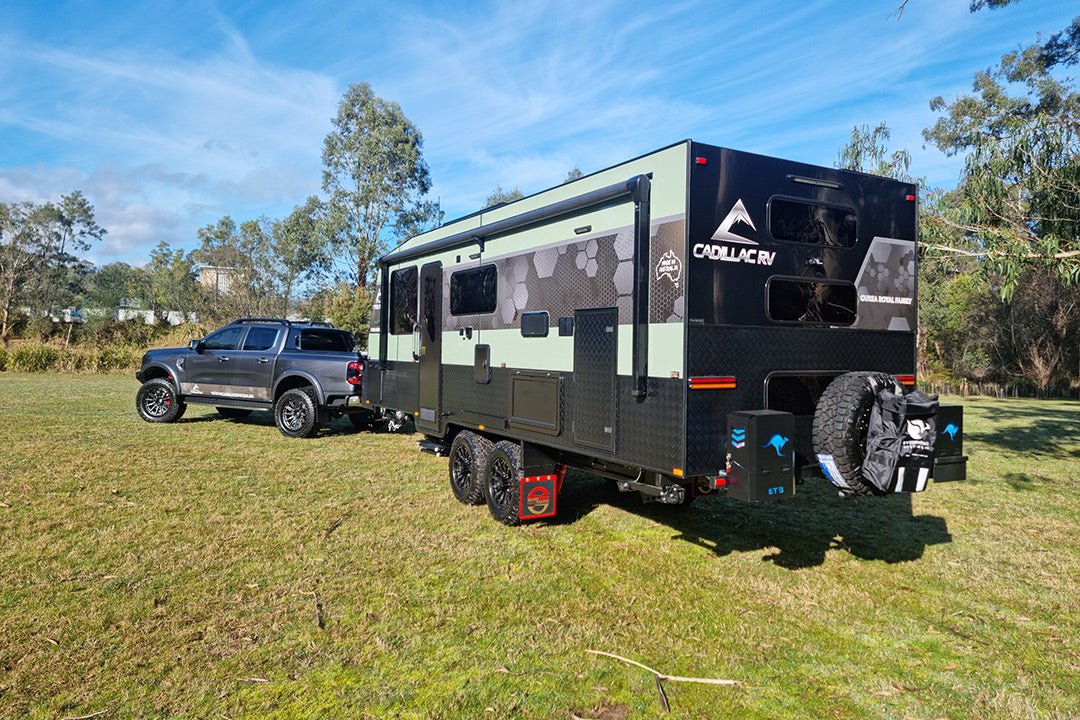Kid's Photography Guide

OK, full disclosure right from the very start. Number #1: I'm a photographer, so there's a good chance that I might be a little bit biased. Number #2: I don't have kids of my own (but I was one once, and still am one if you ask my wife). Number #3: Refer number #1.
Also, my start in the world of photography didn't happen until later in life. One subject at uni definitely piqued my interest, but it wasn't until many years later, when I started to explore this wide brown land of ours, that I purchased my first digital camera. A Pentax 'point and shoot' became a constant companion of mine on travels from Cape York to Port Arthur. While we’re talking candidly, my all-time favourite pic was taken with this little 4MP beast at sunset out the front of the Birdsville Hotel, Queensland, and the canvas print still hangs proudly in my lounge room.
These days, the younger generation have an electronic device in their hands from an early age and most of these devices have a camera built into them. Add in the natural inquisitiveness of a child, and the next Ansel Adams or Henri Cartier-Bresson could be just a few clicks away.
So what's the best way to get kids interested in photography? In my humble opinion, it’s to keep it fun and make it easy.
STARTING OUT
Taking a picture doesn't need to be hard, so don't make it. Don't worry about the things that 'professional' photographers nerd out about, like aperture, shutter speeds and ISO. Give the kids a camera, put it on automatic mode and let them go crazy.
Auto mode gets the kids used to the holding the camera, zooming in and out, composing a scene, taking the shot and reviewing the images. No matter the age, auto mode is best for an absolute beginner as the camera does all the heavy lifting — remember, it's all about having fun.
Compared to the old days of film photography, digital photography is relatively cheap — in that, you don't have to buy film and then pay for it to be processed — so the kids can take lots of photos.
Speaking of cheap, getting your kids started in photography doesn't have to cost an arm and a leg (or your firstborn for that matter). If you've got an old smartphone lying around, then give them that. This will get them started and give them a chance to see if they like photography or not.
If you want to get them their own camera, grab a cheap 'point and shoot' model. They're small and lightweight and the kids won't mind carrying them around. A quick online search will reveal a plethora of models, and you don't always have to buy brand new.
Get one that has a few different shooting modes so the kids can experiment, as well as a decent zoom range. The shockproof/waterproof cameras are a good option (have a look at the Nikon Coolpix, Olympus Tough or Panasonic Lumix ranges), as they will provide protection from accidental bumps and drops. As a bonus, outback dust won't bother them either.
A quick word of advice: get a camera that takes rechargeable batteries and always have spares ready to go. There's nothing worse than grabbing your camera for that once in a lifetime opportunity, only to find you have a flat battery!
TIME TO SHOOT
Alright, the batteries have been charged and the memory cards have been formatted. Now it's time for the kids to get out there and use their new camera. But what to take photos of?
Firstly, I would say anything and everything. Encourage your children to take pictures of whatever interests them, catches their eye, appeals to them or brings a smile to their face. Now you've got the camera and memory card, each and every photo won't cost you a cent — until you want to print them, but we'll get to that later!
After this scattergun approach, you may find that your child is drawn to a certain subject or type of image. It may be flowers, insects or portraits of their pet dog. It doesn't matter what it is, as the more they do it, the more they will hone their skills. As with most things in life, we get better the more we practise.
Encourage your kids to experiment. One benefit kids have over adults is the different way they see the world. You see, it really is a matter of perspective. The world looks different from only three feet above the ground, as opposed to nearly double that. Get your kids to explore those perspectives — shoot from really low or look for a higher vantage point before taking the shot.
Changing the distance from the subject is also another useful method for varying how a scene looks. Get in super close and have the subject fill the entire frame or take a few steps back for a wider angle shot. Go even wider for those big landscape pics.
Get your kids to move around the subject and shoot it from multiple angles. Apart from them trying, and working out the best angle to shoot from, they will also learn how light affects the subject.
OUT AND ABOUT
Being travellers, your kids will already be exposed to some amazing sights and awesome family adventures. Teaching them how to use a camera and capturing pictures of some precious memories will make these adventures even more memorable.
Encourage them to bring their camera along for family and social gatherings, or even plan a day out with the sole purpose of taking some really cool pics.
When they are photographing their travels, try to teach your children to balance photographing the places and things that they visit with the people they are travelling with. This took me some time to come to grips with, and I still remember my first trip to the UK back in 2009. Over 5000 photos taken and only a handful or so of my wife and I!
GET THEM PRINTED
I touched on it earlier, but you really need to print their images. Talking from personal experience, there is nothing better than seeing your favourite shot printed, framed and hanging on a wall.
While it's great to come home from your trips and put together a slideshow on the computer, pop an album up on Facebook or post a few shots on the 'Gram, getting your images printed is something else. Get your kids to pick their top three snaps from their most recent trip, get them printed and hung on the wall. Dedicate a wall in either the family room or their bedroom and change them up periodically.
Another option is to get a photo book printed of each family trip or holiday. These can be put together online by the kids with 'drag and drop' templates and make great coffee table books or gifts.
FINAL THOUGHTS
Writing this article reminded me of a meme I saw once. Although I mentioned at the start of this article that photography didn't need to cost you an arm and a leg, I may have been telling a bit of a white lie. It doesn't cost much to get into it, but the longer you stay into it, the more it will definitely cost you, and this is what the meme said: Teach your kids photography, and they’ll never have enough money to buy drugs!
But remember, above all else, keep it fun and keep encouraging them. You never know, one day they might be better than you!
ACTIVITY IDEAS
COLOURS — Choose a specific colour, and have your kids look for and photograph things that colour.
STARTS WITH — Ask your kids to find objects that start with a certain letter and photograph them.
THEIR NAME — They could either find objects that start with the letters in their name or they could look for things that look like letters to make their name.
SCAVENGER HUNT — Create a list of 20 items they need to find in the house or in the yard. Hand over the camera and have them photograph the options as they find them. Be sure to throw in something of a challenge.
THEMES — Choosing a certain theme, eg, lines, doors, shapes, and have kids photograph them is a great way to both engage their imaginations and expand how they see the world around them.
365 PROJECT — Also known as the 'photo a day' project is exactly as it sounds. Take at least one photo a day for a year. If your child is a bit older, they may even want to start their own blog to document the process.







